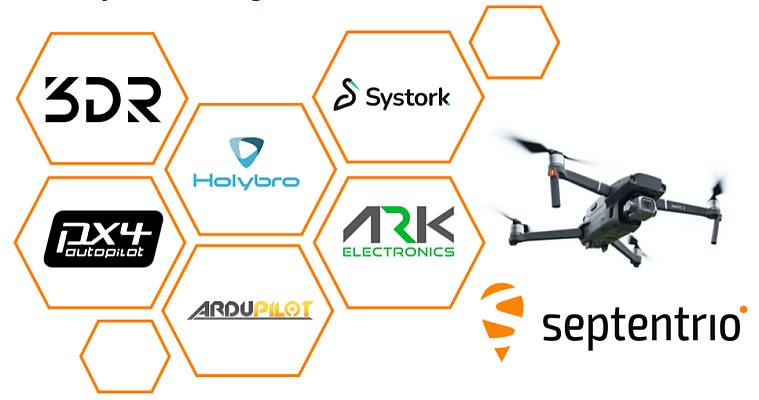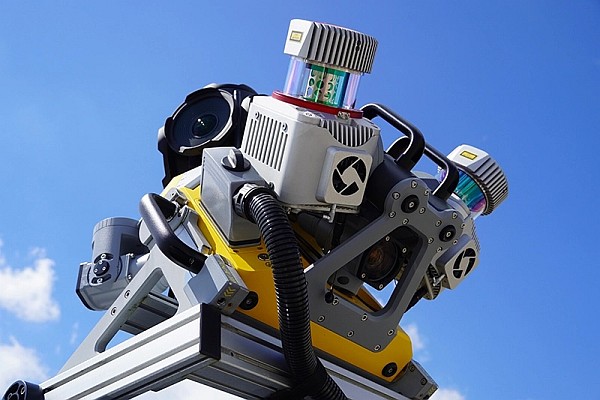The National Oceanic and Atmospheric Administration officially shut down the nation’s longest serving polar-orbiting satellite, NOAA-12 on Aug. 10. While in operation, NOAA-12 logged 16 years of service and 84,402 Earth orbits, capturing critical environmental data from space.
NOAA operates two polar-orbiting environmental satellites, or POES. These spacecraft are critical for monitoring changes in the atmosphere and ocean temperatures and observing climate phenomena such as El Niño and La Niña. NOAA-12 was launched on May 14, 1991, and became the operational replacement for NOAA-10 four months later on September 19.
"NOAA-12’s performance over its lifetime is a credit to the engineers who built and operated it as well as the technology that sustained it," said Mary E. Kicza, assistant administrator for NOAA’s Satellite and Information Service.
When it was launched, NOAA-12 was a third-generation, operational meteorological satellite and considered an upgrade from earlier spacecraft because it featured higher resolution global data and images. "The technology of NOAA-12 gave scientists more day- and night-time data on local and global scales than earlier satellites were able to provide," Kicza added.
NOAA-12 was replaced operationally by a newer satellite, NOAA-15, in December 1998, but was configured to send real-time data directly to users on the ground as it passed over their receiving stations, extending the usefulness of the spacecraft.
NOAA is celebrating 200 years of science and service to the nation in 2007. From the establishment of the Survey of the Coast in 1807 by Thomas Jefferson to the formation of the Weather Bureau and the Bureau of Commercial Fisheries in the 1870s, much of America’s scientific heritage is rooted in NOAA.
NOAA is dedicated to enhancing economic security and national safety through the prediction and research of weather and climate-related events and information service delivery for transportation, and by providing environmental stewardship of our nation’s coastal and marine resources. Through the emerging Global Earth Observation System of Systems (GEOSS), NOAA is working with its federal partners, more than 70 countries and the European Commission to develop a global monitoring network that is as integrated as the planet it observes, predicts and protects.






